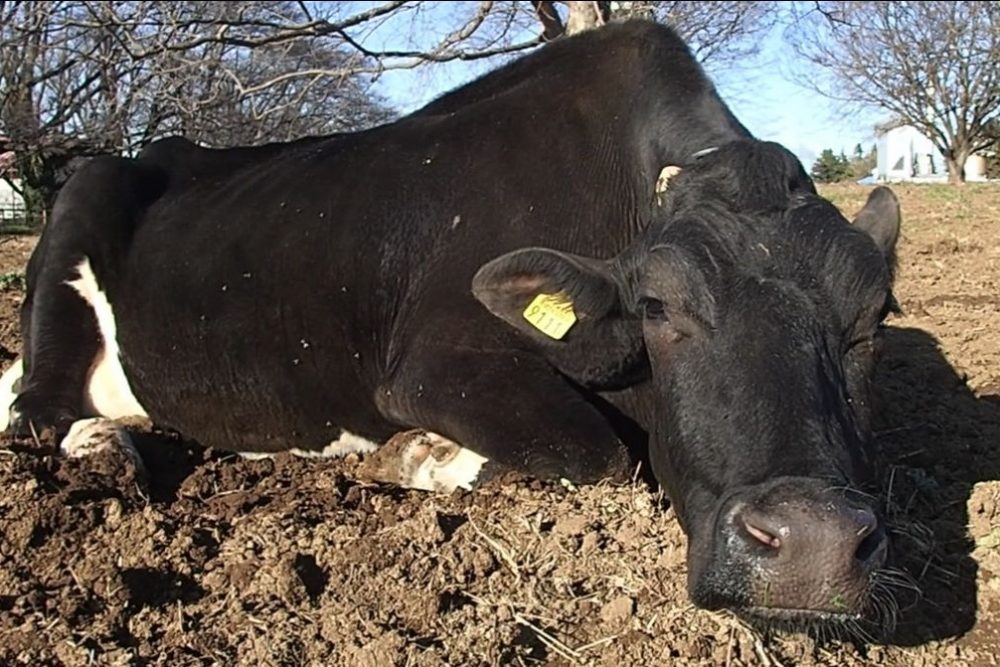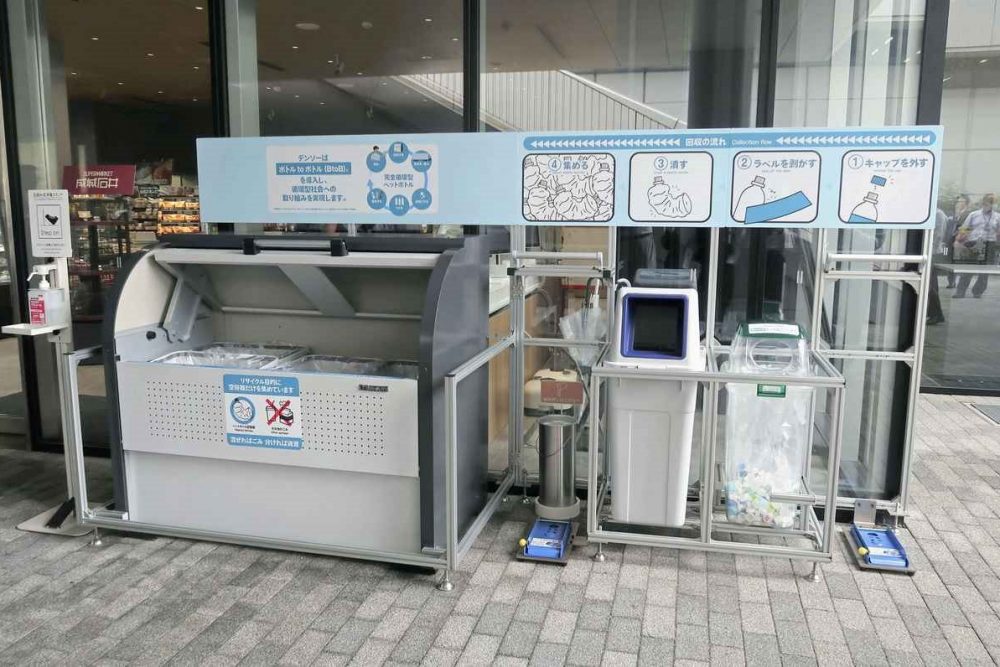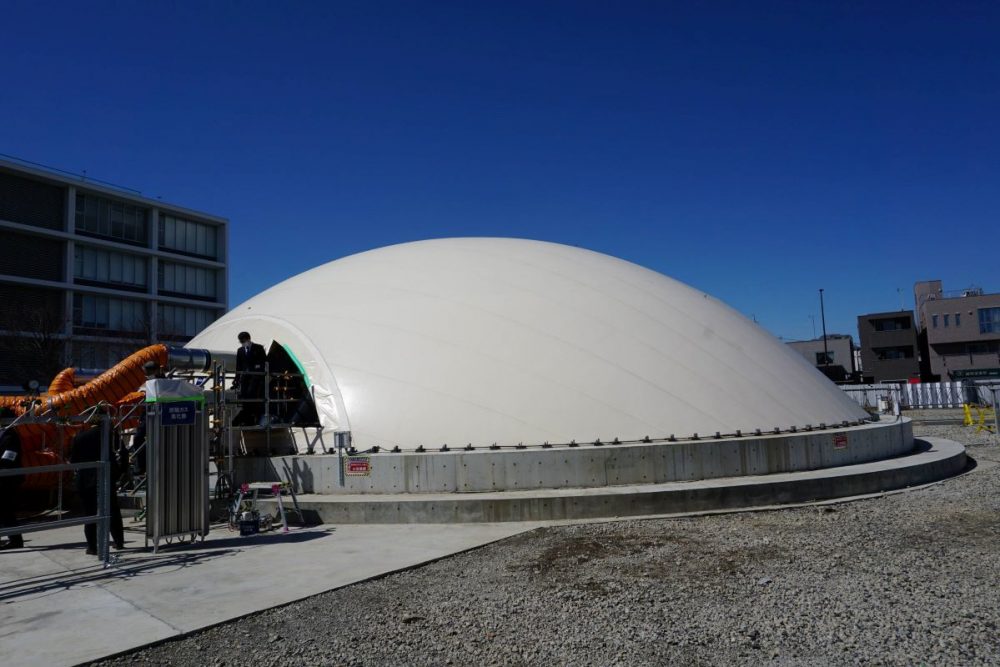[Vietnam! Moving Ahead Together] Hitachi Zosen Perseveres with Its Waste-to-Energy Technology in Southeast Asia's One Trillion Yen Potential Market
A Japanese businessperson in Hanoi searches for answers to explain the shutdown of a brand new waste-to-energy plant in Vietnam.
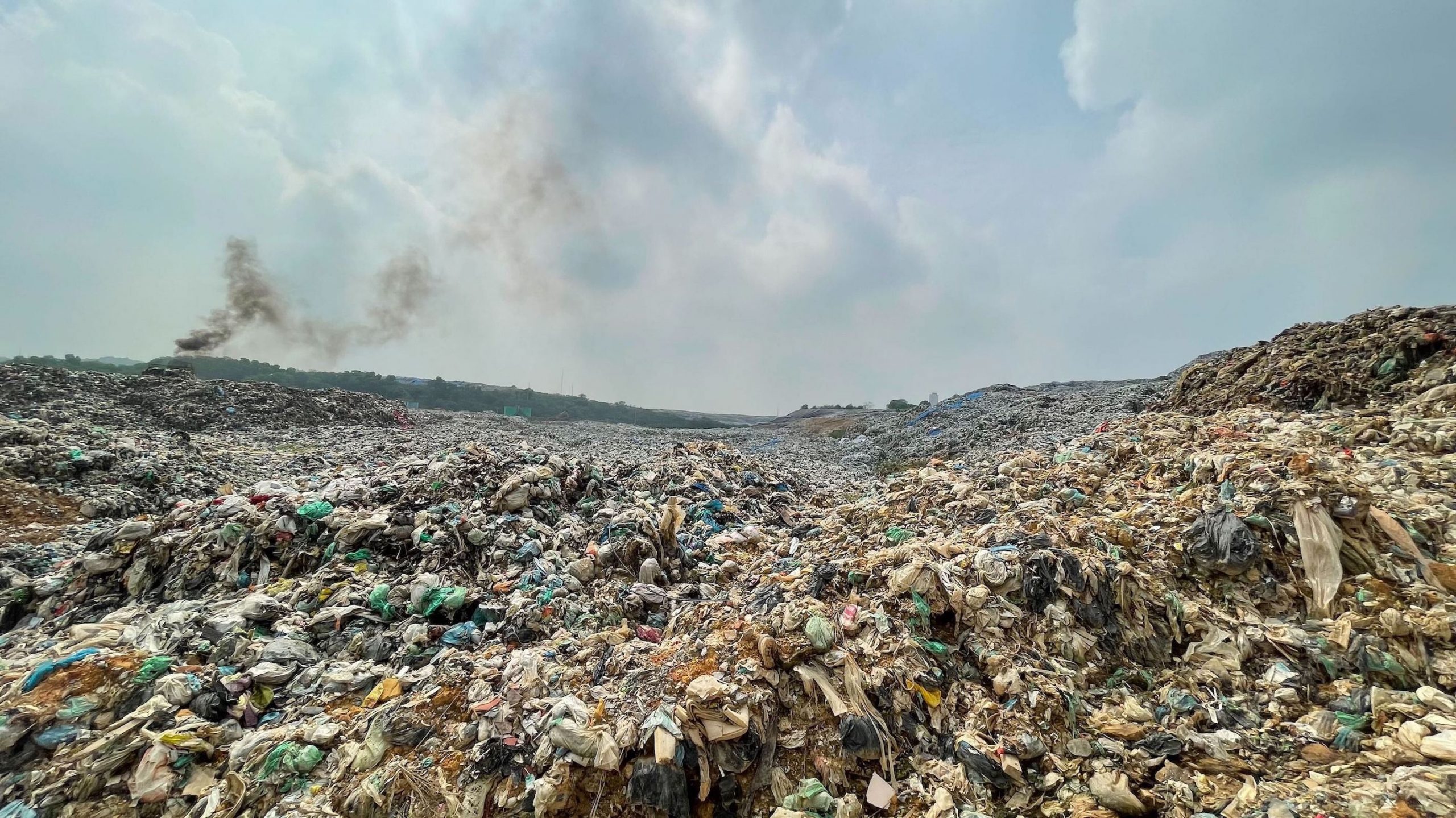
このページを 日本語 で読む
“About ten days after the official handover of the plant to the city of Hanoi ... it was shut down.”
While it sounded inconceivable, these words of Yoshiharu Suzuki, director of the Hanoi branch of Hitachi Zosen Vietnam, confirmed that the rumors were true.
Since I was first posted to Hanoi in 2011, I’ve been hearing talk of the city’s worsening waste problem.
In Vietnam’s rapidly growing economy, particularly in the northern city of Hanoi, a popular site for the plants of major corporations, the volume of industrial waste discharged from factories is increasing with each passing year.
In Hanoi, approximately 7,000 tons of domestic and industrial waste is generated every day.
Roughly 5,000 tons of this is disposed of on a daily basis in the Nam Son Landfill, located approximately 30 kilometers north of Hanoi. Currently, landfill capacity is at a critical state.
During heavy rain, the wastewater seeping out of the buried garbage gives off a foul odor, each time inciting even more fervent opposition from residents in the surrounding area.
The Hanoi Urban Environment Company Limited (URENCO), a state-operated company, is entrusted by Hanoi City as the sole entity in charge of waste collection and disposal in the city.
News coverage on opposition by residents, who have erected barricades to prevent URENCO’s trucks from entering the landfill, has been repeatedly broadcast on television, along with images of unprocessed waste overflowing inside city limits.
Japan Brings Vietnam Its First Waste-to-Energy Plant
Several years ago, the Japanese government rose to the occasion, offering Vietnam a way out of the tight spot.
The New Energy and Industrial Technology Development Organization (NEDO) of Japan, at the request of Vietnam, signed a memorandum of understanding (MOU) in 2012 on the construction of Vietnam's first waste-to-energy plant.
The agreement was part of a demonstration project to promote the energy-saving industrial waste incineration and power generation technology that Japan has long developed and spread to other parts of the world.
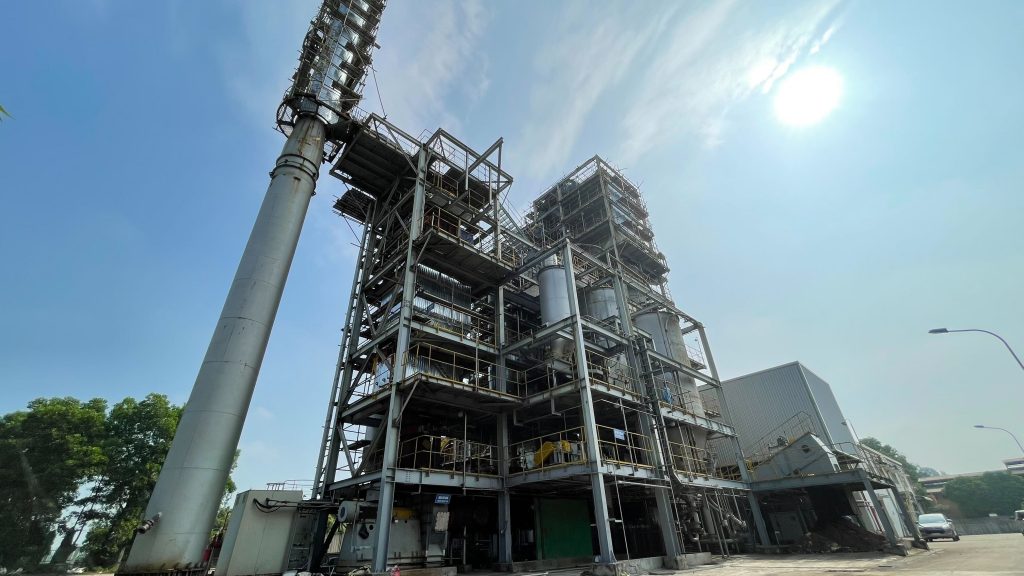
Incinerators operating in Vietnam at the time were mostly those employing inadequate environmental measures, which would be difficult to operate at Japanese standards.
On the other hand, the waste incineration and power generation plant provided by Japan was to be a truly state-of-the-art facility that not only met Vietnam's strictest emissions regulations on medical waste with plenty of room to spare, but also cleared Japan's even stricter standards.
Japan’s waste-to-energy technology is known for its high level. In fact, it accounts for the majority of the market share in Europe, the Middle East, and Africa.
Looking at waste-to-landfill ratios around the world, the average for the 38 OECD member countries, which include the developed countries of Japan, the US, and many European countries, is 40%, while Japan’s is a mere 1%.
Japan stands out as a country that incinerates, thereby reuses, almost all of its waste.
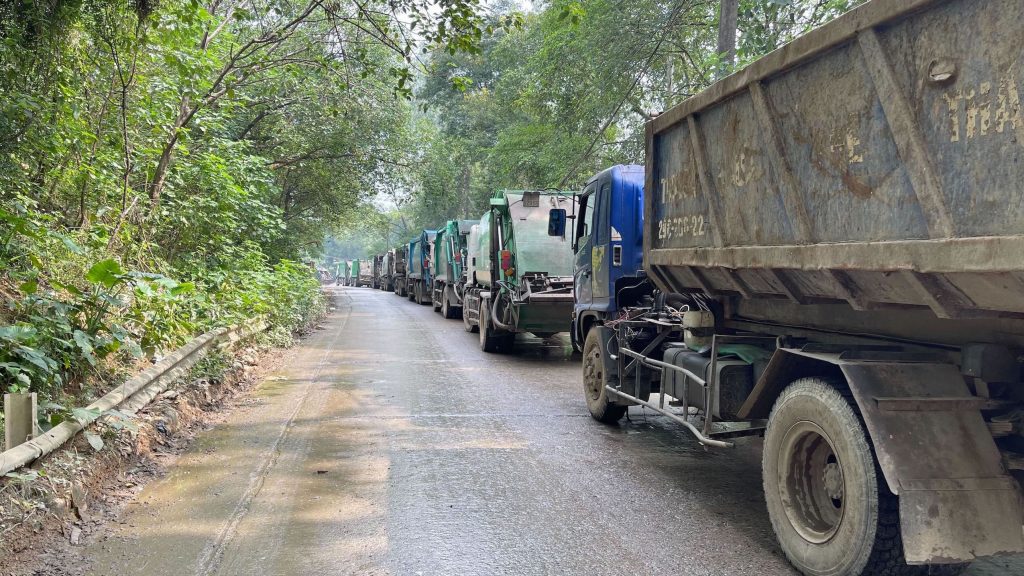
In Vietnam, a country facing serious environmental pollution problems in addition to energy shortages, expectations for Japanese technology are high and have attracted considerable attention.
The contract to construct the new plant was awarded by NEDO to the Hitachi Zosen Corporation.
Since building Japan's first ever municipal solid waste incineration plant equipped with power generation facilities in 1965, Hitachi Zosen has built up a track record of more than 1,000 installations in Japan and overseas. These include power generation-equipped incinerators in Asia (China, Korea, Taiwan) and bids won on the construction of waste power generation systems in Malaysia and Indonesia, also through NEDO.
This track record speaks to Hitachi Zosen’s advanced technological and support capabilities as a leading company in Japanese waste-to-energy technology.
Why Is the Plant Shut Down?
The test operation of the waste-to-energy plant, which was met with much fanfare, was completed, and the final handover took place in October 2017.
Japan was responsible for 80% of total project costs, and Vietnam the remaining 20%. Japan’s 80% share was not a yen loan to Vietnam, but a “donation.”
From the outset, it had been decided that the operation of the plant after the handover was to be the responsibility of Vietnam.
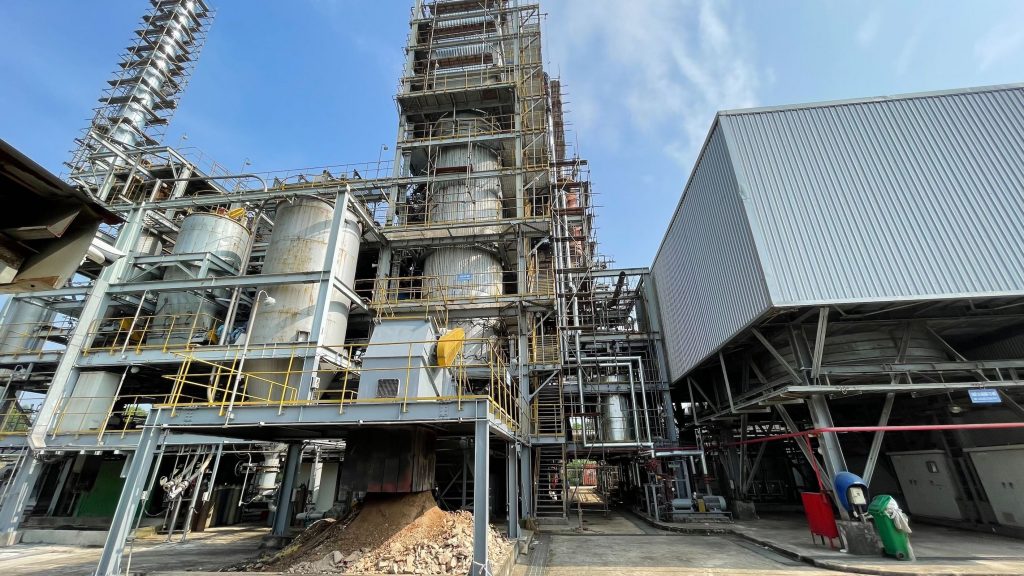
The goal on the Japanese side (NEDO) was to facilitate the introduction of additional plants by providing a ‘head start’ on the first plant requiring the special technology. It was to serve as a successful example of technological cooperation that would live on.
Yet, the plant has not operated for four years and nine months as of the time I write this.
Engineers from Hitachi Zosen were dispatched to the plant and considerable time and effort was put in giving repeated instruction on operation of the plant.
Cooperation was provided in recruiting skilled human resources in Vietnam.
Everything that could be done was done, but the problem did not lie in the operation.
The crux of the problem was on the Vietnam side.
Part 2 of this column, here, addresses the reasons for the plant’s shutdown, efforts to restart the facility, and Hitachi Zosen's strategy.
このページを 日本語 で読む






